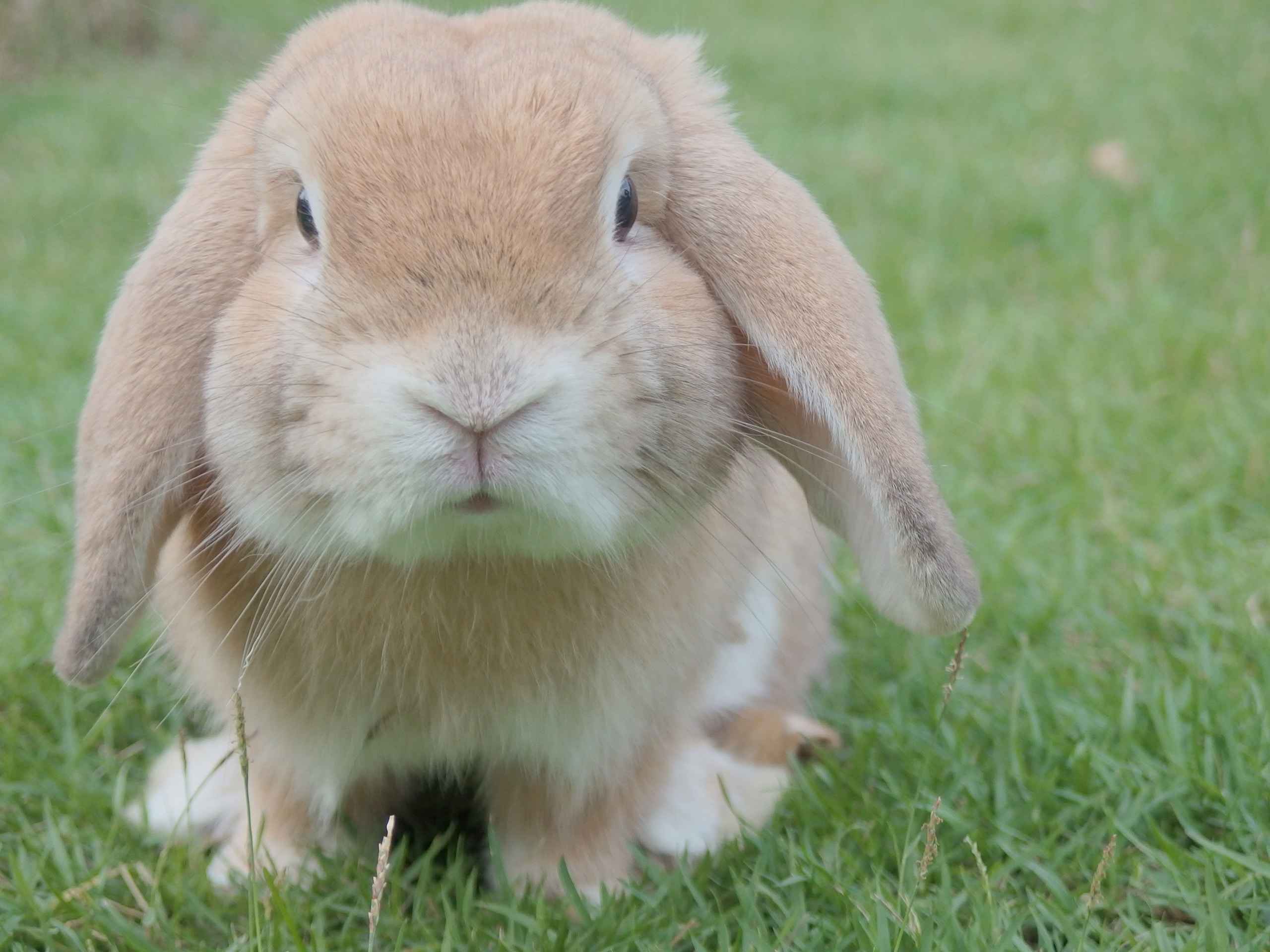Rabbits are adorable and lovable creatures that make great pets for families. However, just like any other animal, they are prone to injuries and accidents. One of the most common injuries that rabbits can experience are broken bones. Unfortunately, since rabbits are prey animals, they tend to hide their pain and discomfort, making it difficult for pet owners to identify when their furry friend is suffering from a broken bone. That’s why in this blog post, we will discuss the common symptoms to look out for when identifying broken bones in rabbits. By knowing what to look for, you can help your rabbit receive the necessary treatment and care to recover quickly and comfortably.
Rabbits are adorable pets that have a delicate bone structure. They are active and playful, but they are also prone to injuries. Broken bones are a common problem in rabbits, and it is important to identify the symptoms early to prevent further complications. In this blog post, we will discuss the common symptoms of a rabbit who has a broken bone.
- Limping or hopping on three legs
The most common symptom of a broken bone in a rabbit is limping or hopping on three legs. If you notice your rabbit having difficulty moving or putting weight on one of its legs, it could be a sign of a broken bone. Observe your rabbit’s movements and see if it is avoiding using one of its legs.
- Swelling or bruising
Another symptom of a broken bone in rabbits is swelling or bruising. You may notice a lump or bump on your rabbit’s leg or around the affected area. This can be accompanied by bruising or redness around the area.
- Pain or discomfort
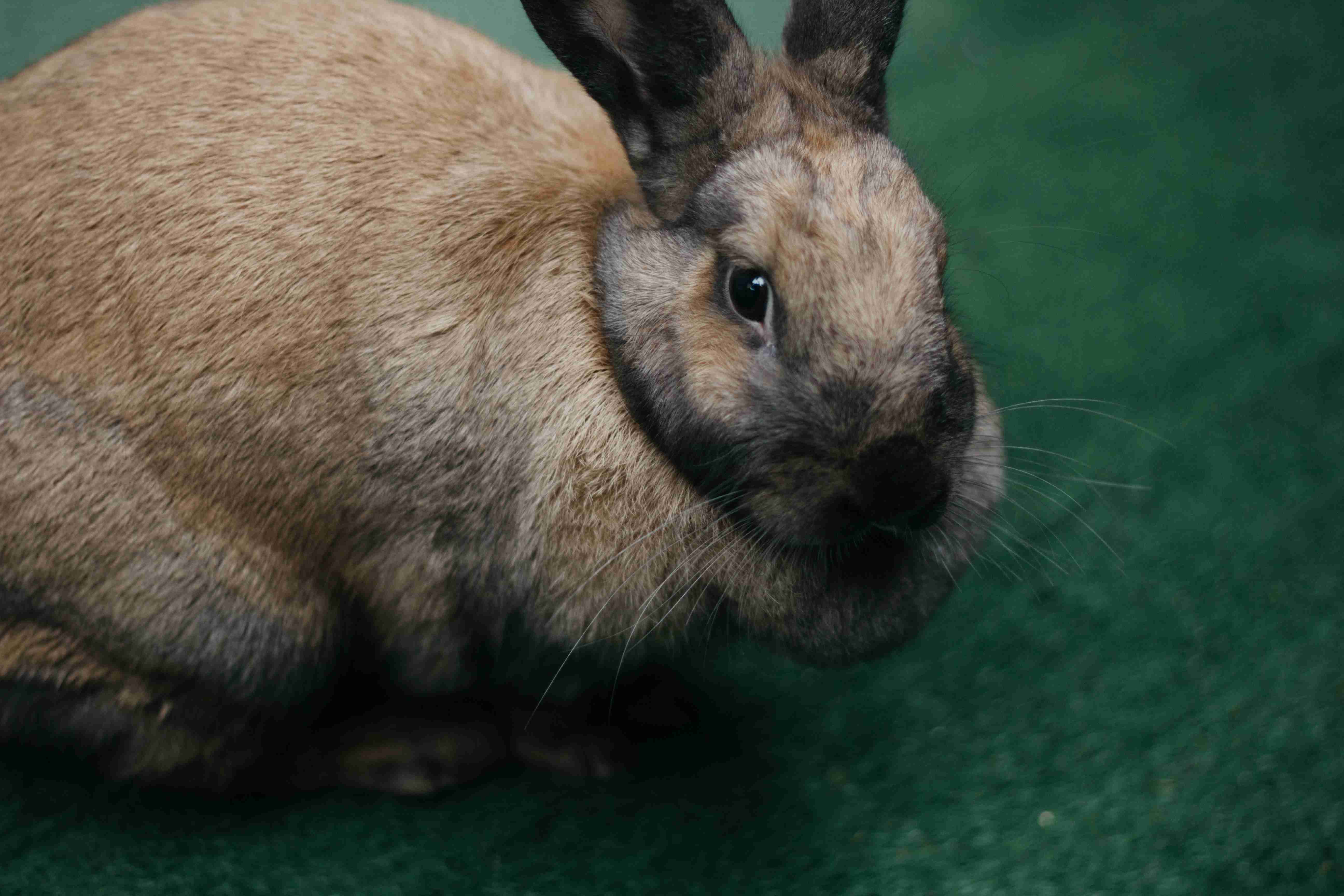
Rabbits who have a broken bone may also experience pain or discomfort. They may whimper or cry when you touch the affected area. They may also show signs of discomfort, such as grinding their teeth or hunching over.
- Loss of appetite or lethargy
Rabbits who are in pain often lose interest in food or become lethargic. If you notice your rabbit not eating or drinking, or if it seems less active than usual, it could be a sign of a broken bone.
- Abnormal posture
A rabbit with a broken bone may also assume an abnormal posture. It may sit or lie down in an unusual way, or it may hold its leg in an awkward position. Observe your rabbit’s posture and see if it looks uncomfortable or unnatural.
If you notice any of these symptoms, it is important to take your rabbit to a veterinarian as soon as possible. A broken bone can cause further complications if left untreated, and your rabbit may need medical attention to heal properly. The veterinarian may take an X-ray to determine the extent of the injury and provide appropriate treatment.
Overall, broken bones are a common problem in rabbits, and it is important to identify the symptoms early to prevent further complications. Watch out for signs of limping, swelling, pain, loss of appetite, and abnormal posture. If you notice any of these symptoms, take your rabbit to a veterinarian for prompt treatment. With proper care and treatment, your rabbit can recover from a broken bone and return to its happy and active self.
If you suspect that your rabbit has a broken bone, it is crucial to seek veterinary care immediately. Remember, rabbits are experts at hiding their pain, so it’s up to you to recognize the subtle signs of a broken bone. By knowing what symptoms to look out for, you can help your furry friend get the treatment they need to make a full recovery. Always keep a watchful eye on your rabbit’s behavior, and don’t hesitate to reach out to your vet if you have any concerns. With proper care and attention, your rabbit can bounce back from a broken bone and live a happy and healthy life.
Please follow us on Social Media


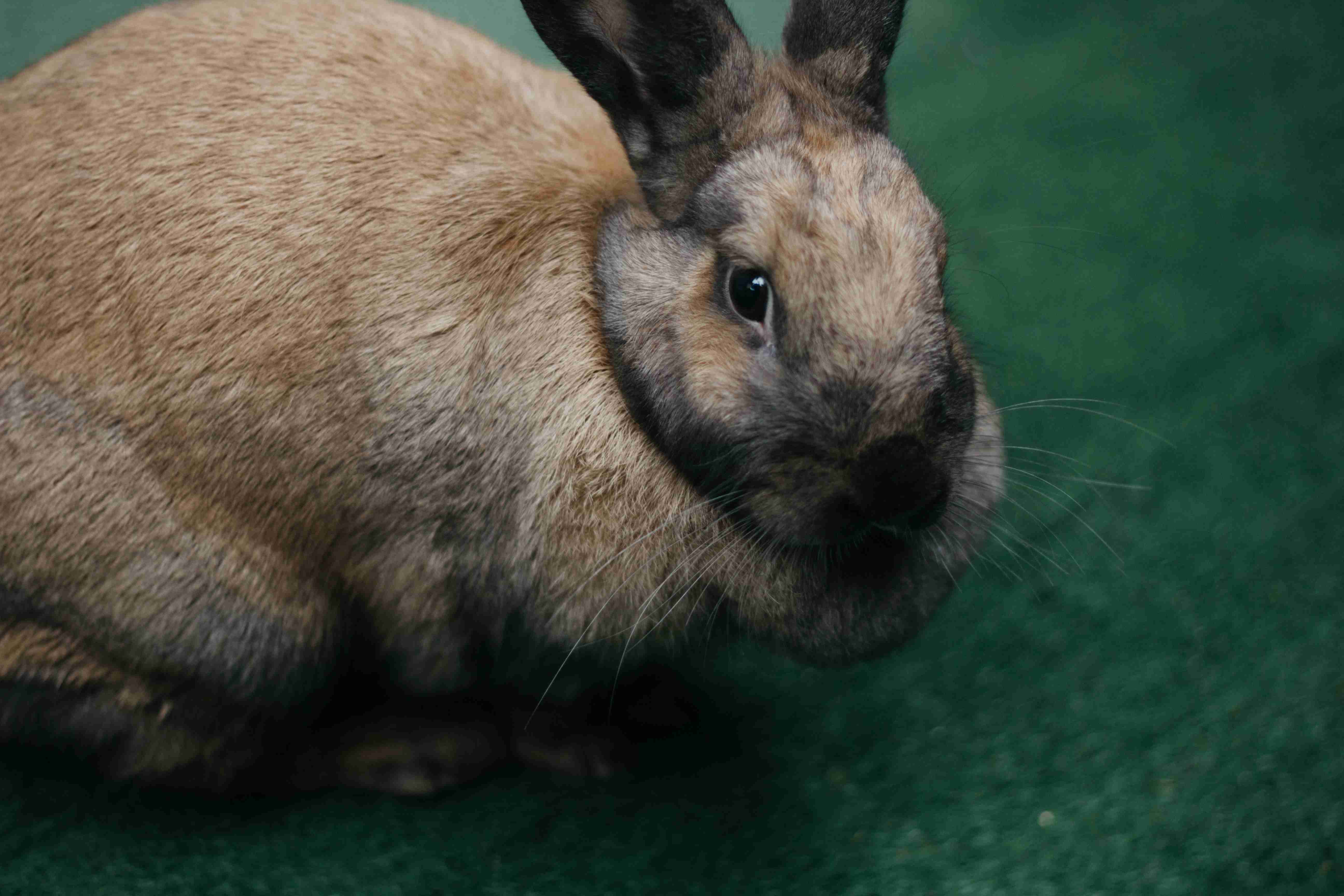
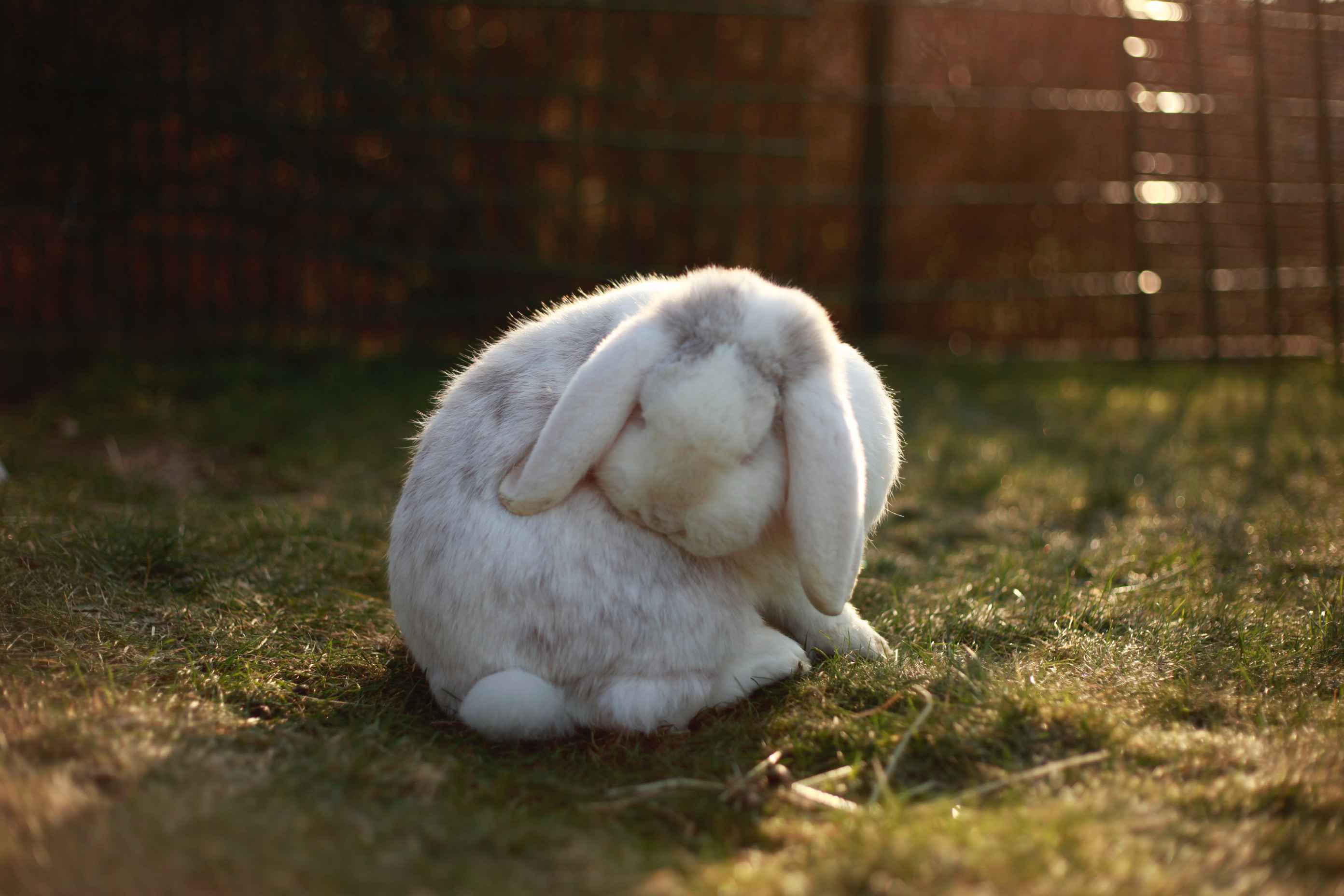
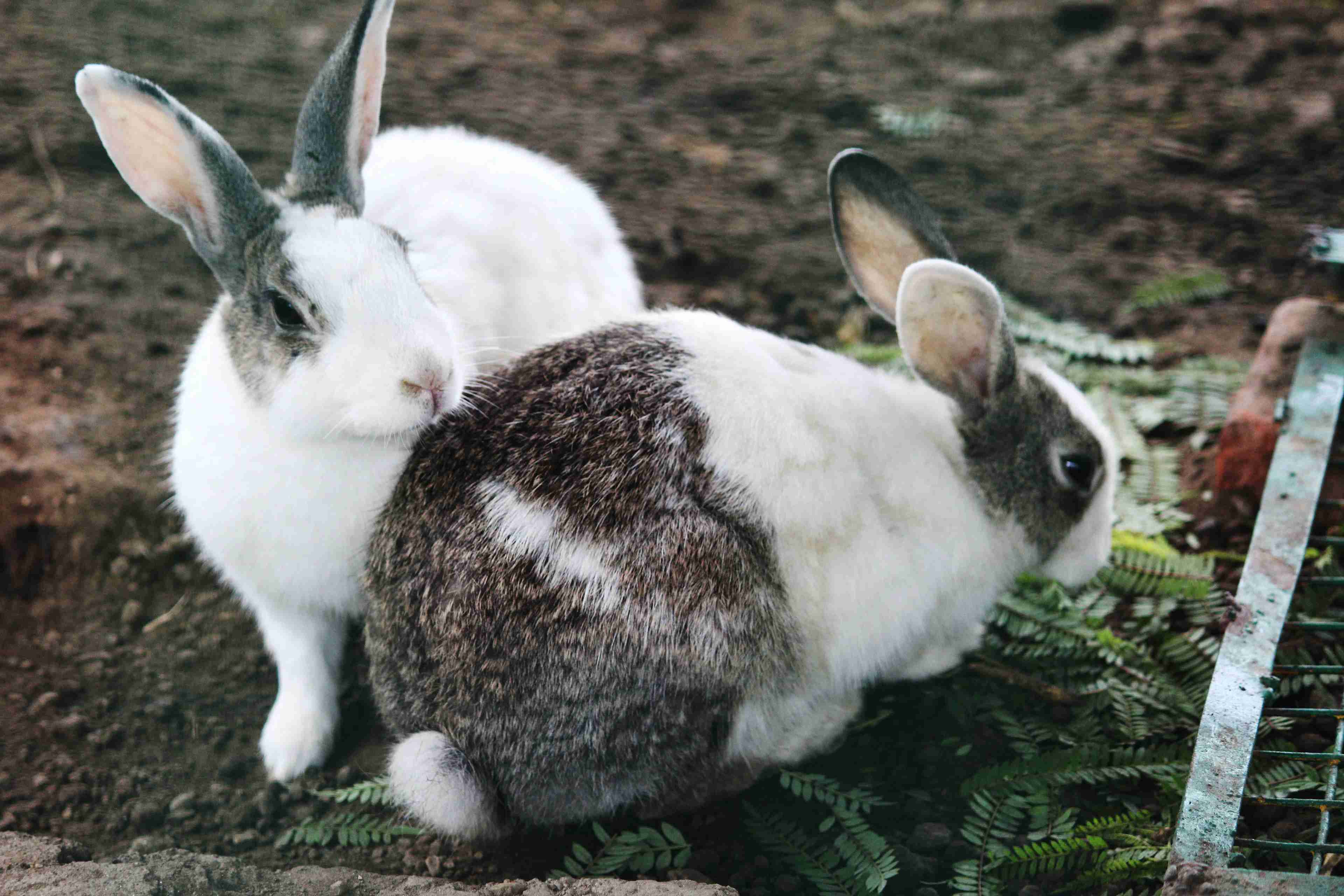
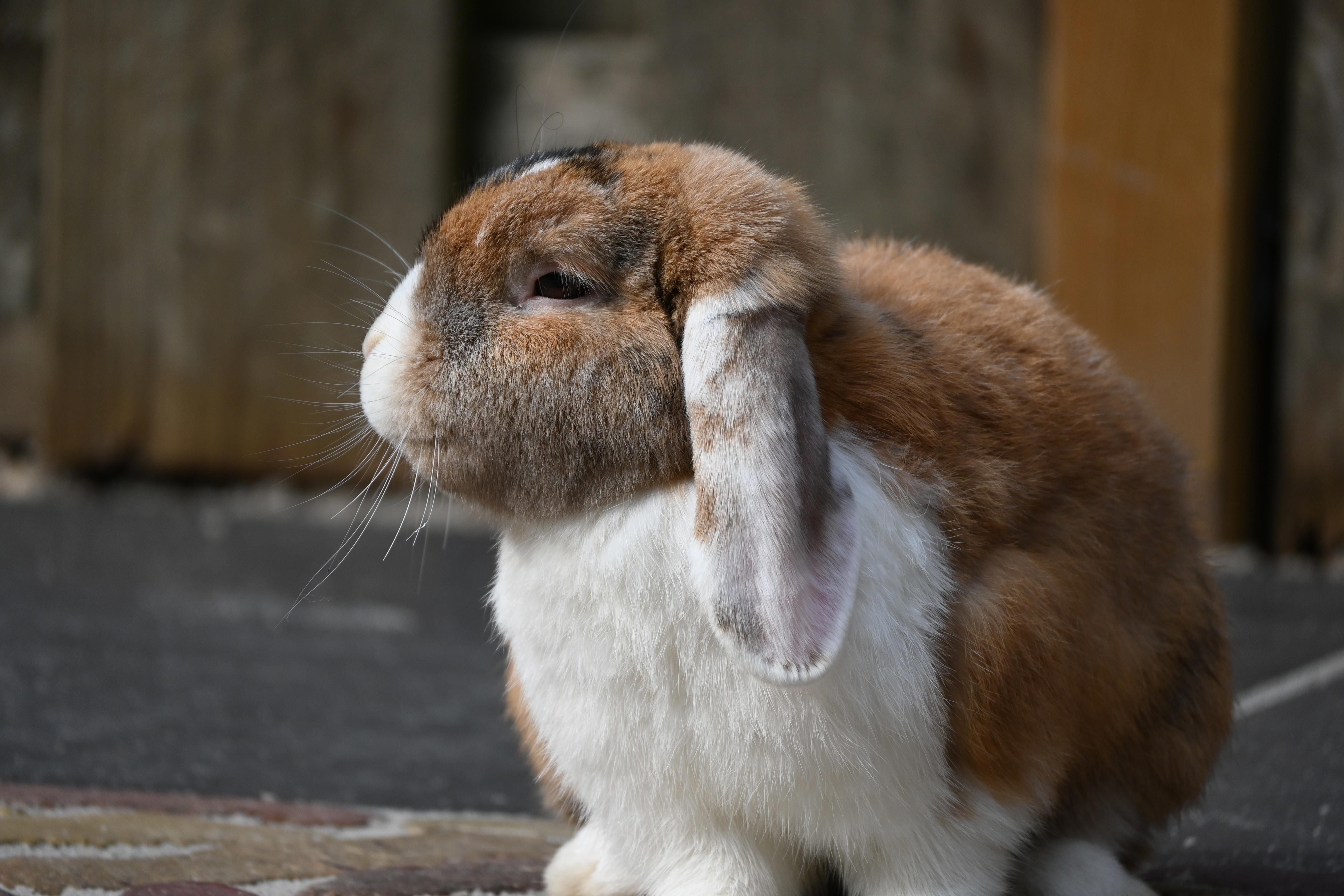
.jpg)
.jpg)
